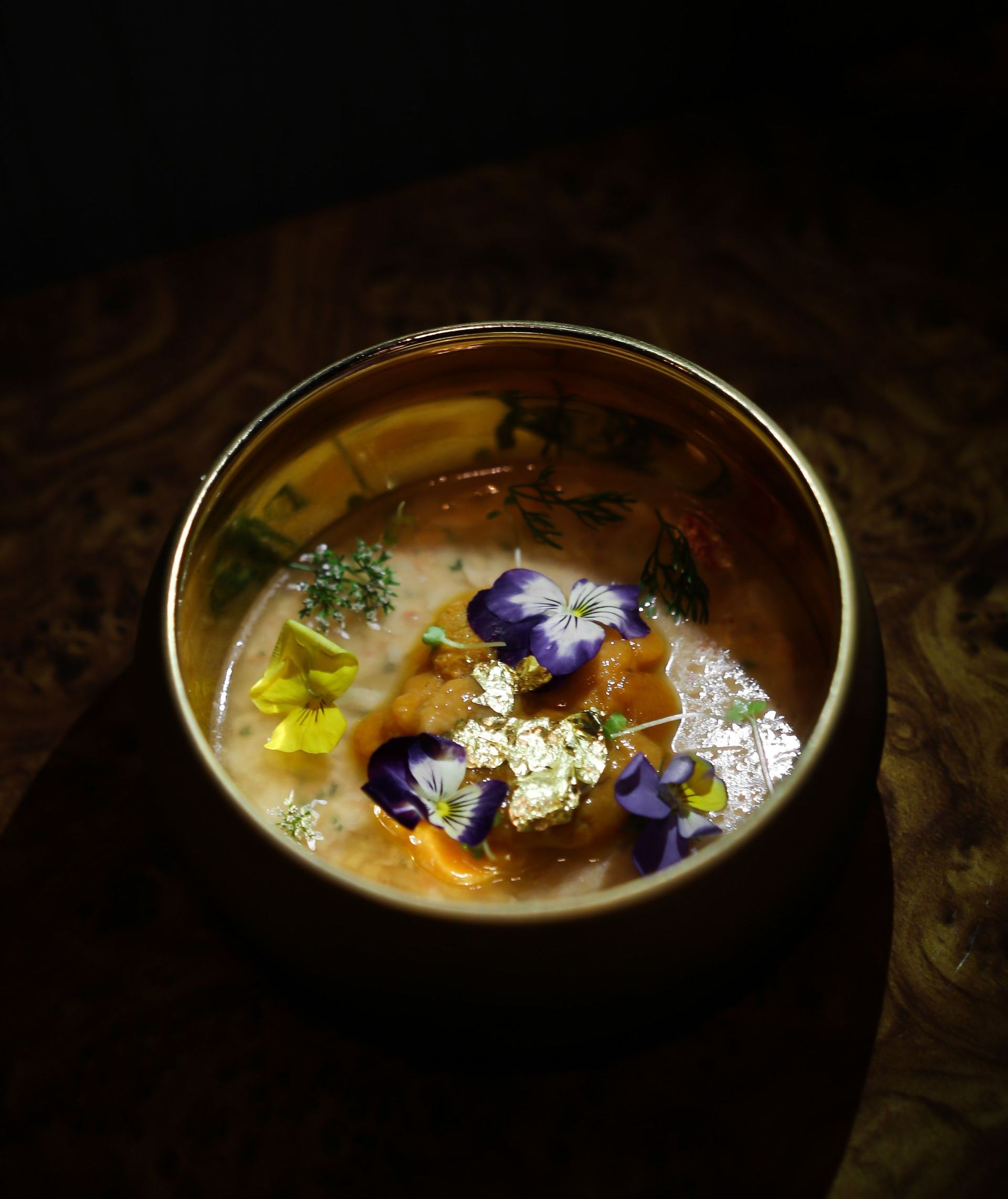Macrobiotics
“Macrobiotics is neither an empirical folk medicine nor a mystical, palliative, religious, scientific, spiritual, symptomatic technique. It is the biological and physiological application of Oriental philosophy and medicine, a dialectical conception of the infinite universe.” G.Ohsawa – Zen Macrobiotic
FOOD AS MEDICINE
The macrobiotic approach is five thousand years old, but was first spread to the western world by a Japanese philosopher called George Ohsawa. He believed in a holistic approach to health incorporating many lifestyle aspects, from diet and exercise to meditation and the ‘yin and yang’ energy of each food.
Macrobiotics insists on choosing organic, locally grown and seasonal produce. Generally, the macrobiotic diet is divided roughly as follows:
- Around 40-60 % of your food should be wholegrain (brown rice, barley, oats, buckwheat, millet)
- Around 20-30% of your food should be vegetables
- Around 10% – 25% should be beans and fermented products such as tofu, miso and tempeh as well as sea vegetables such as seaweed
- Small amounts of pickles and fermented vegetables, nuts, seeds, and occasionally some meat or fish.
You’re supposed to eat a little bit less than you want, and this keeps you very healthy
(habit from Okinawa, place on earth with highest number of centenarians)
The macrobiotic diet is not just about what you eat; it's a lifestyle encompassing mindful habits. This includes eating only when genuinely hungry and drinking when truly thirsty, as well as thoroughly chewing food until it becomes liquid before swallowing. Additionally, adherents use natural materials such as wood, glass, and china for cooking and food storage, avoiding microwave ovens and electric hobs. Water is purified before cooking or drinking, and flavored, caffeinated, or alcoholic beverages are eschewed.
Followers may embrace the macrobiotic diet in various ways. Some strictly adhere to the rules of food preparation, cooking, and eating, while others adopt a more relaxed approach, integrating these principles in moderation.
Proponents of Macrobiotics believe that adhering to this specific diet plan or incorporating fasting can potentially aid in managing chronic illnesses, including cancer.

The right way to eat is the same as the right way to live: be “just, cheerful, equable, temperate, and orderly.” Meaning that meals embody the principles and the disposition of the person who eats them.
Macrobiotics advocates for the elimination of specific foods from the diet, including:
- "Nightshade vegetables" such as potatoes, peppers, eggplants, and tomatoes.
- Caffeinated beverages.
- Alcoholic beverages.
- Processed foods like white bread, white flour, white pasta, and store-bought cakes and cookies.
- Foods containing artificial ingredients.
- Sodas, both diet and regular.
- Sugar and products containing sugar or corn syrup.
- Molasses.
- Vanilla.
- Pork.
- Tropical fruits like pineapples and mangos.
- Overly spicy foods.
In the macrobiotic approach, it is advised to consume meals with focused attention, mindfulness, and without distractions such as TV. Food should be consumed solely to satisfy hunger, and thorough chewing until it approaches a liquid consistency is encouraged. Beverages like water, dandelion root tea, brown rice tea, and cereal grain coffee should be consumed only to quench thirst.
Chew your drink and drink your food — Mahatma Gandhi
Get in touch
Contact Us
We will get back to you as soon as possible.
Please try again later.
